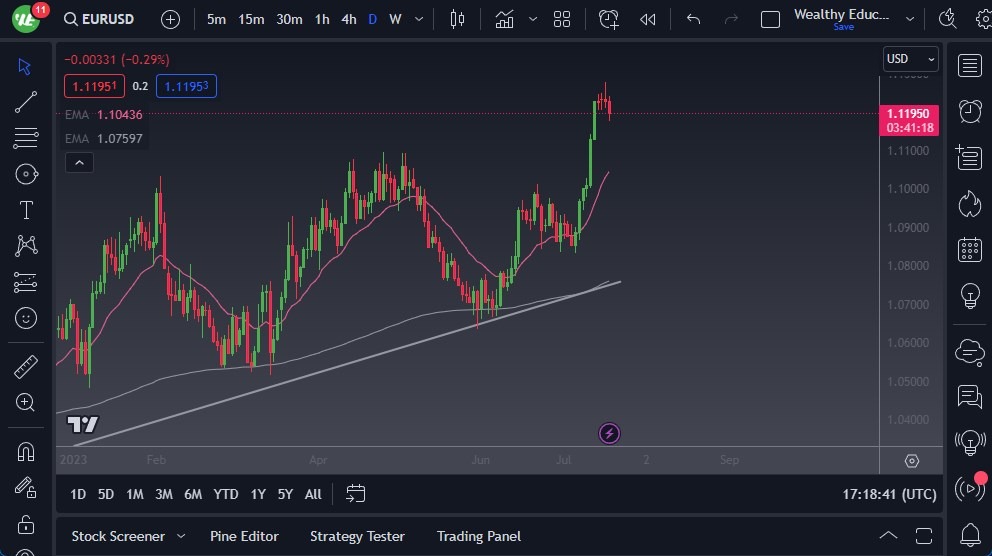The EUR/USD displayed a modest rally during Wednesday's trading session, surpassing the 1.1250 level but revealing signs of hesitation. As market participants grapple with diverging monetary policies and inflation concerns, understanding the factors influencing the euro's performance becomes crucial. This article delves into the prevailing dynamics shaping the euro's trajectory and highlights potential opportunities for investors amid short-term pullbacks.
Top Forex Brokers
At the forefront of traders' minds is the ongoing debate surrounding the monetary policies of the Federal Reserve and the European Central Bank. Speculation suggests that the Federal Reserve may adopt a more accommodative stance at a faster pace compared to its European counterpart. This perception has been a driving force behind the recent upward momentum of the euro. Consequently, closely monitoring the performance of the US dollar against other currencies is paramount in deciphering the euro's direction. In fact, the euro holds a significant weighting in the US Dollar Index, further emphasizing its influence.
In the event of a pullback, several support levels are likely to capture buyers' attention. These include the 1.12 level, followed by the 1.11 level, and ultimately the 50-Day Exponential Moving Average (EMA). A breach below the 50-Day EMA would signify a potential shift in the prevailing trend. Currently, adopting a "buy on the dip" strategy appears prudent, or alternatively, preparing for a period of sideways movement to temper excessive market enthusiasm.
While a market correction may eventually materialize, attempting to short the market may not be advisable given its apparent bullishness. Instead, exercising patience and waiting for a favorable value proposition to emerge is a wiser approach. Pursuing trades at the current elevated levels could prove challenging and potentially costly. The euro has demonstrated resilience amidst uncertainties, but astute monitoring of inflation concerns and the diverging monetary policies of the Federal Reserve and the European Central Bank remains essential.
The euro's performance continues to be influenced by inflation concerns and the contrasting approaches taken by the Federal Reserve and the European Central Bank regarding monetary policy. As the "anti-dollar," the euro's trajectory closely correlates with the US dollar's performance against other currencies. While potential pullbacks may present attractive buying opportunities, exercising caution and seeking out value propositions are advisable. Patience and a thorough understanding of the impact of inflation concerns and monetary policy divergences will likely yield more favorable outcomes for investors considering euro-related investments.
Ready to trade our Forex daily forecast? We’ve shortlisted the best FX trading platform in the industry for you.


